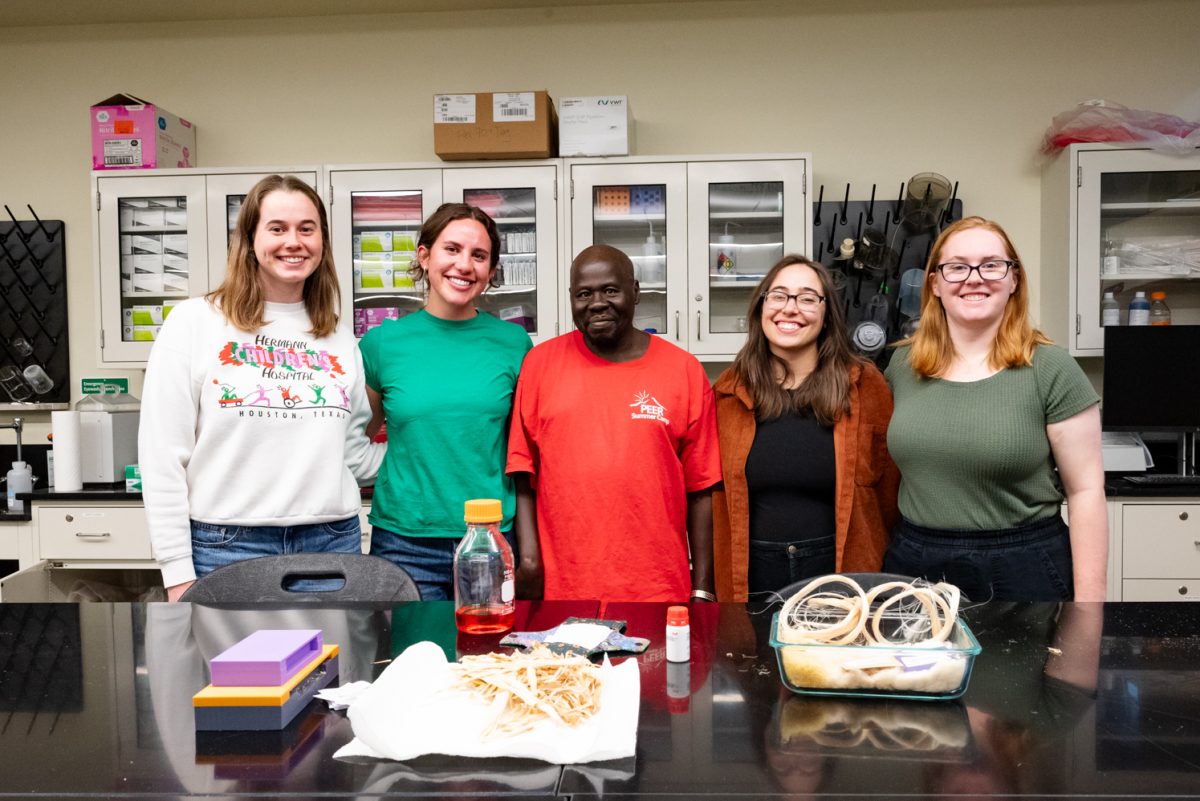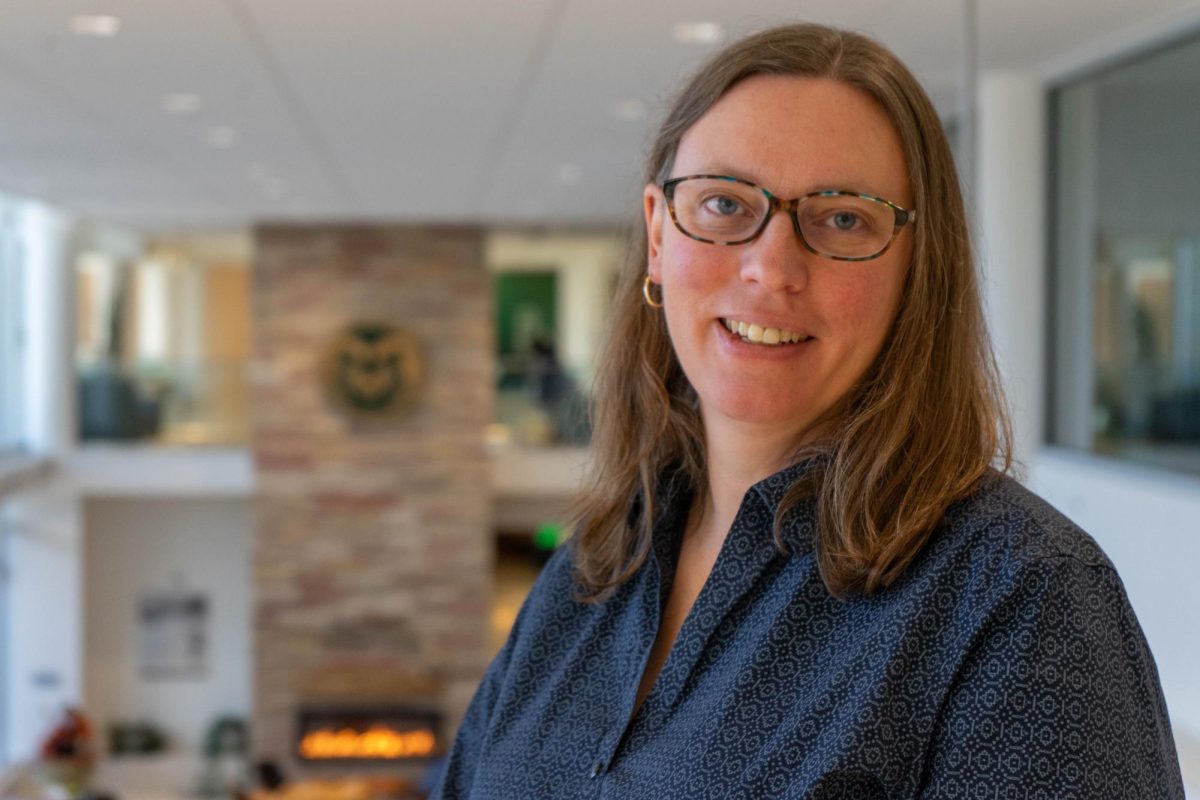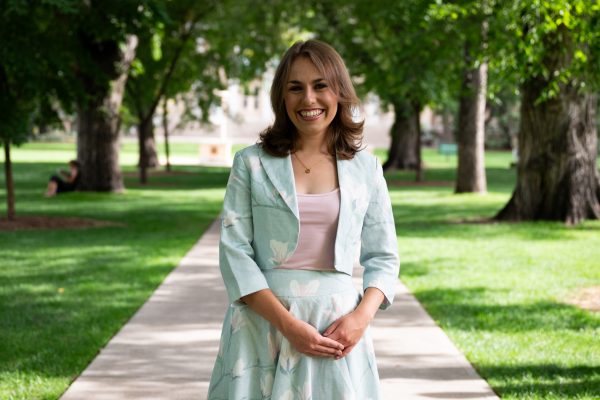Colorado State University and the University of Colorado Boulder are both very strong science schools; they each have the reputation and credibility of bolstering strong degree options for students in science, technology, engineering and math, and both lean more toward being STEM schools as opposed to liberal arts schools.
Despite their shared focus on scientific programs and degrees, there are many differences in their approach to academics, national rankings and offerings for students.
Walter Scott Jr. College of Engineering vs. College of Engineering & Applied Science
CSU’s Walter Scott Jr. College of Engineering features seven departments, each with their own majors. Walter Scott’s unique programs that differ from CU include a dual degree in biomedical engineering and either chemical and biomedical engineering, electrical engineering or mechanical engineering, which can take up to five years to complete.
Walter Scott Jr. College of Engineering’s research is focused primarily on aerospace, with $128 million in research contracted between CSU and the National Oceanic and Atmospheric Administration.
CSU also boasts a program to attract in-state students called the Walter Scott Jr. Undergraduate Scholarships program, wherein top undergraduate students from Colorado receive a scholarship that covers full tuition and housing, provided the student lives on campus, worth up to $22,000 a year.
According to the U.S. News & World Report’s annual ranking of undergraduate and graduate academic programs, CU’s College of Engineering and Applied Science is one of the best in the country, ranking at No. 19 nationwide in engineering for undergraduate and graduate schools. CSU, on the other hand, comes in at No. 55.
CU’s engineering program is highlighted by 15 unique majors, including integrated design engineering, creative technology and design and architectural engineering.
According to CU’s website, the college has increased research funding by 74% in the last five years and is working on advancing research in the areas of hypersonic vehicles, resilient and sustainable infrastructure and multifunctional materials.
Warner College of Natural Resources vs. the department of natural sciences
One of the most unique CSU colleges is the Warner College of Natural Resources. Housing 10 undergraduate majors, Warner College is comprised of five departments.
Warner has partnerships to participate in research with 13 centers and institutes, including the Colorado Forest Restoration Institute, the Colorado Natural Heritage Program and the Western Forest Fire Research Center. All of these organizations are statewide institutes run by CSU and therefore go beyond an academic program.
Warner’s major in natural resource tourism focuses on partnerships between students and vacation institutes in Colorado, including ski resorts, state parks and outfitter and guide businesses.
CU’s natural sciences department is part of their College of Arts and Sciences and is composed of 11 majors, including psychology, which is housed under the College of Natural Sciences at CSU.
CU is the No. 1 public university for funding from NASA, and their astronomy major combines astrophysics and planetary science.
Also unique to CU is their major in atmospheric and oceanic sciences, which they also offer as a minor, a master’s program and a Ph.D. program.
The concentration focuses on partnerships with more than 15 federal research labs, including NOAA.
The land-grant difference
Colorado State University was founded as a land-grant institution. According to CSU’s land-grant mission website, “We believe in the transformational power of education to prepare the next generation of scientists, artists, educators, entrepreneurs and more. As an R1 institution, CSU ranks among the top research universities in the country. Faculty and students engage in purpose-driven research to address some of our world’s most complex and perplexing challenges. CSU scholarship, discovery and innovation improve the quality of life for people in Colorado, across the nation and around the world.”
What this means for science is that CSU’s research endeavors are directly focused on benefitting people in Colorado and across the nation. CSU receives over $400 million annually for research endeavors.
CU, while not being a land-grant institution, still receives more in research funding, sitting at over $657 million in 2022; however, that figure was for both research and creative endeavors.
In 2022, CSU saw new records in research spending, with $457 million on research endeavors. Meanwhile, CU’s research trends continue to increase year by year, with $582.8 million in expenditures in 2022.
University partnerships
Despite having unique academic programs and a school-wide rivalry, CSU and CU have partnered on a substantial chunk of research in the past. According to a report published by CU, the two universities have co-contributed on more than 1,900 articles.
The two schools are both committed to sustainability and research to further advance the scientific knowledge of Colorado, and both offer students educational opportunities to give back to the community through science.
While CSU and CU have collaborated on research subjects encompassing air, water and general sustainability, the most profitable endeavors include CU’s collaboration on a $1.5 million grant to study the reduction of methane emissions in natural gas; a $2 million grant for Virridy for Africa and United States Freshwater Carbon Projects, focused on carbon cleanup efforts; and a joint Mount Everest base camp trek to spread the word about climate change and its effect on wildlife.
Despite the fierce rivalry on the field, CSU and CU’s academic science programs come with individual talents and successes while always fostering an environment of collaboration and respect.
Reach Allie Seibel at science@collegian.com or on Twitter @allie_seibel_.













